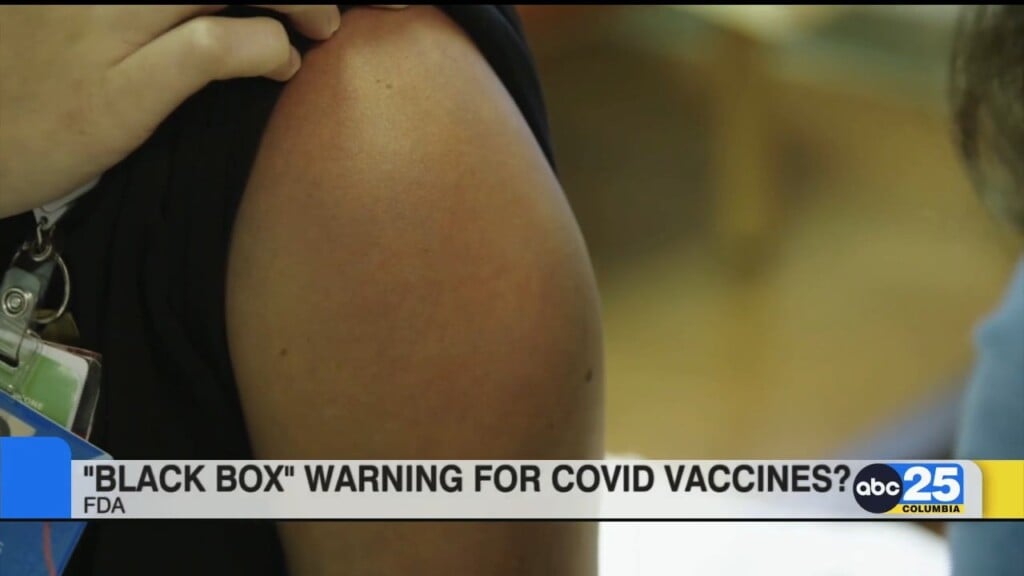DHEC continues to monitor levels of PFAS in surface water sites
DHEC is keeping the state updated on findings now that the U.S. Environmental Protection Agency has proposed a new maximum contaminant level standard for PFAS compounds found in drinking water.
COLUMBIA, S.C. (WOLO) – DHEC is keeping the state updated on findings now that the U.S. Environmental Protection Agency has proposed a new maximum contaminant level standard for PFAS compounds found in drinking water.
PFAS compounds are believed to have adverse health effects at low concentration and can be found in some drinking water sources, according to DHEC. Since 2021 DHEC has been testing for PFAS in over 100 water sites in the state as it anticipated the new proposed regulations from EPA, which was announced a couple weeks ago.
“PFAS has been detected at nearly all surface water sites though concentrations are highly variable. our larger rivers provide a basin-wide aggregate view of watershed condition. and i will note that there are a variation in pfas distributions among major rivers,” said Matt Baumann who is the Bureau of Water Environmental Scientist with DHEC.
DHEC says they’ve been asked where the highest concentrations of PFAS are located.
“Its a bit too soon to draw a conclusion on what our PFAS contributors might be. I did note in the introduction our larger rivers like Broad, Saluda, and the Congaree should give us an ideal on the condition of these water basins as a whole,” says Baumann.
DHEC says EPA could finalize the regulations at the end of 2023 and then typically there is a three year period before the new standard goes into effect. Right now EPA is in the public comment period and hearing concerns with one being from utility companies who lack the resources to remove PFAS from their treatment plant.
“It’s definitely a concern. We’ve got a little bit more time before it becomes final. We plan to continue to have those discussions with our water utilities and try to figure out how best to address this,” says Doug Kinard who is the Director of Drinking Water Protection with DHEC.
It’s important to note the proposed regulations does not require any actions until it is finalized.
This data is really going to speak to us if we see some areas of the state water ways have elevated levels and if there something that’s very localized. That is when we really drill down on what are some potential sources, what are some ways we can reduce those levels of these chemicals in our waterways that can lead to drinking water,” says Myra Reece who is the DHEC Director of Environmental Affairs.


